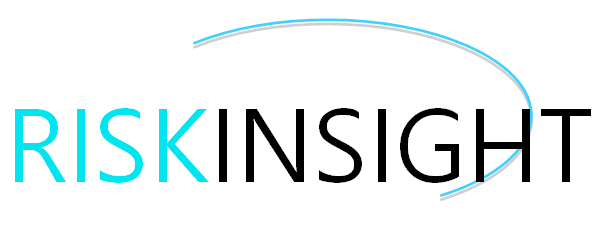Thoughts on Purposeful Resilience
- By florian.glinserer
- •
- 30 Apr, 2020
- •
People, and organisations, have been demonstrating resilience for a long time. Organisational resilience concerns the ability of organisations – large and small, public and private – to absorb and adapt to changes in our environment. Good resilience allows us to demonstrate true purpose and a true commitment to our values.
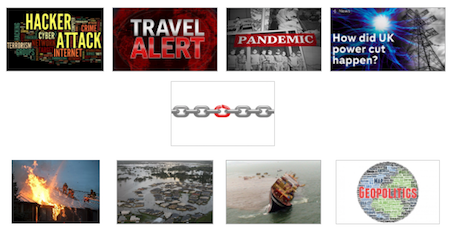
The “business imperative” for purposeful organisational resilience
The need for organisations to be demonstrate purposeful resilience is vital in today’s world. COVID-19 has forced many changes upon businesses and the public sector, and some extremely difficult challenges still lie ahead for many. It is fair to say that before the impact of COVID-19, the pace of change was already speeding up –including through advances in new technology and digitisation, changes to our eco-systems, and the need to demonstrate truly sustainable outcomes from the activities we undertake. As businesses and their partners and suppliers up and down their value chains continue to adapt to their fast-changing external environment, approaching resilience in a purposeful way can hopefully ensure they cope with the uncertain times that lie ahead.
When you are resilient, you demonstrate true purpose
A fundamental aspect of organisational resilience, for businesses of all sizes, is being able to demonstrate purpose in times of need.
As the COVID-19 pandemic has taken hold, we have seen many excellent examples of businesses that have reacted quickly to show real and innovative resilience and societal purpose, whilst also appreciating that some businesses and sectors (such as aviation and tourism) have been hit extremely hard by the economic impact of the pandemic.
A small pizzeria in Chicago has adapted its ovens to make face masks for healthcare workers; manufacturers have changed production lines to make ventilators; pharmaceutical businesses have donated millions of face masks; retailers have changed their production lines to make healthcare PPE, as have toy companies; breweries have adapted their production lines to make hand sanitiser.
These are just a handful of examples of businesses that have demonstrated being ‘ready to adapt’ and to make a real difference to society as a whole. This principle of being purposeful applies to other types of unwanted events, such as major floods and earthquakes, or a major Cyber attack. As well as being resilient as an organisation, how can you serve your eco-system, and society when something bad happens?
Some key points about organisational resilience
One way to look at organisational resilience is to start with your organisation’s structure – which includes linkages and bonds with organisations that you work with, and the flexibility that is built into your way of working, internally and externally.
Being resilient does not mean being rigid. Flexibility is key. Just as a tree bends and flexes in the wind, organisations need to bend and flex to adapt to change. An important part of the architecture of organisational resilience is to consider the right degree of flexibility and adaptability to your structure, and your ability to change approach and perhaps to change a number of parts of your operating model and your eco-system in a nimble and agile way (be it how you work with your supply chain, or your ability to change internal policies and procedures to adapt to change).
Consider, for example, the following factors:
1. We exist in an eco-system that is more dynamic and interconnected than ever before – which represents threats and opportunities;
2. The velocity of overall change and the dynamism of risk is increasing, and it will continue to increase (for example, through new technology and digitisation, and the compound effect of eco-system linkages having ever faster effects);
3. Are you watching for potential change, on your radar?
4. Sudden, major events can occur at any time – and to emerge stronger from them we need to be ready to respond and adapt;
5. Whilst we cannot plan everything that we would do in the face of a sudden and unanticipated change, by adopting a good mindset and having good tools and techniques at our disposal, we can adapt and demonstrate true purpose – including with the partners we work with, up and down our value chain, and the communities we serve.
6. You don’t want things to fall through gaps between teams working on different activities as you respond and adapt. This is an example of the need to ensure your organisational design is equipped to allow different teams to work together to achieve overall resilience.
You can’t anticipate or predict everything, but you can be ready to respond
We should use good risk management to identify threats and opportunities that could lead to events that require us to demonstrate resilience, and to anticipate and adapt to change. Many tools and techniques that we use for risk management apply to organisational resilience. For example, tools and techniques such as Stakeholder mapping, Scenario Analysis, Business Impact Analysis, Decision Trees, Bow tie analysis can all be valuable ways to help you work out how to maximise your organisational resilience. These can be coupled with good techniques for Business Continuity Management (BCM).
That said, we cannot anticipate everything. A key focus for our organisational resilience is to be “response ready”, when something does occur.
Various guidelines on resilience exist to help us to prepare, including international standards. ISO 22300 and the accompanying standards 22301, 22313, 22316 plus ISO/TS (Technical Standards) 22317, 22318, 22330 all offer good guidance, and link to other related standards such as ISO/IEC 27001. These standards adhere to a Plan-Do-Check-Act (PDCA) model, which is good practice in general management and certainly for good resilience. It is worth noting that these standards refer to ‘societal resilience’ – which relates to ensuring purposeful activities for society, as well as the needs of individual organisations. We all exist in an eco-system and we have to understand what this means for our collective resilience.
Good resilience should be stitched into how you operate
Rather than it being a stand-alone activity, or something that requires a large implementation project to put in place, you should be able to design and implement continuous purposeful resilience as part of your regular operations. To do so, you need to keep it simple, efficient and effective.
Is there benefit in looking at “maturity models” of resilience?
Models for resilience and for aspects such as business continuity management do exist. Whether you choose to use them should depend on whether you believe they will add value to your efforts towards continuous improvement.
Purposeful organisational resilience is good business
Focusing on purposeful organisational resilience takes time and effort – and it pays dividends. There are lots of examples out there of how organisations in different sectors have achieved sustainable success through their use of solid organisational resilience principles. If you are able to, take the opportunity to learn from them and, if you can, implement these learnings to enhance your own resilience.
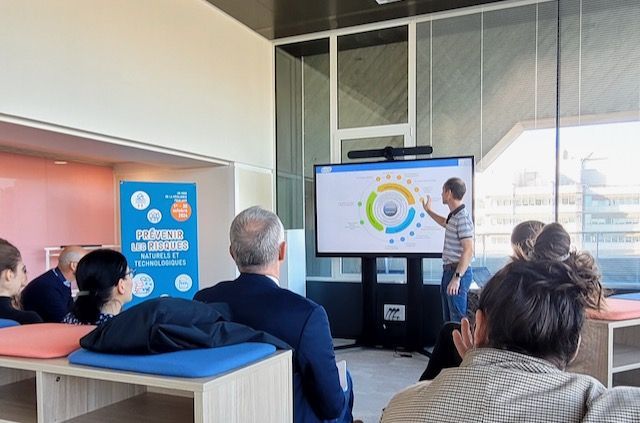
We held very interesting in-person discussions about how my Urban 2.0 framework and system can be used by cities and towns around the world, and also the release of the UNDRR Global Assessment Report, Special Report 2024, which I was delighted to contribute towards.
The municipality of Bordeaux is continuing to pursue some excellent work in urban resilience, which I will be profiling in due course...

Almost half of Small Island Developing States' (SIDS) populations reside in urban areas. Research into urban resilience and urban planning tends to focus on cities in large nations, and only a relatively small amount of specific research on SIDS cities currently exists. However, much of the general urban resilience research is applicable to SIDS, as long as context is considered.
This paper focuses on ways to implement measures that will foster resilient and dynamic cities in SIDS. Ensuring good policy action to build, maintain and continuously improve these cities is key to achieving sustainable development and resilient prosperity as set out in the Outcome Document of the Fourth International Conference for Small Island Developing States (SIDS4).

With growing challenges like climate change, debt burdens, and dwindling resources, they desperately need an actionable, doable, and ambitious roadmap for the next decade. 2024 is an important year for SIDS, with the SIDS4 conferencetaking place in May.
You can access details about the Forum on the Island Innovation website, here.

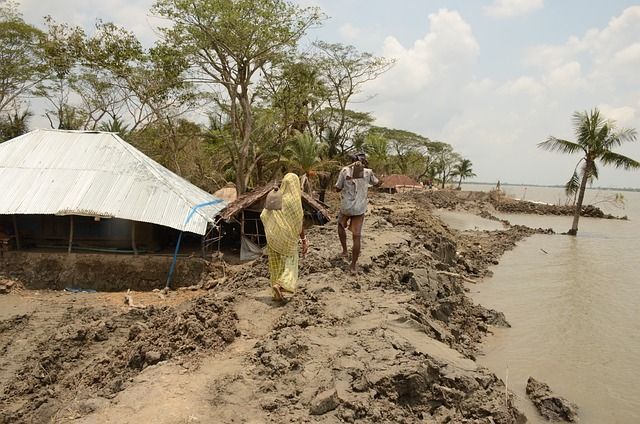
You can read edition #1 here. This first edition is an introduction to our work, containing a summary of some of the work we are undertaking, links to case studies and interviews with people about different aspects of avoiding disasters.


We held a very interesting in-person round table discussion with citizens about how disasters can be avoided.
The municipality of Bordeaux is pursuing some excellent resilience work, which I will be profiling in due course...

We reviewed approaches being taken to prevent hazards from turning into disasters, including examples and how innovation is helping countries, cities and communities prevent adverse fallouts from hazard events.
You can access the webinar and download all presentations here.

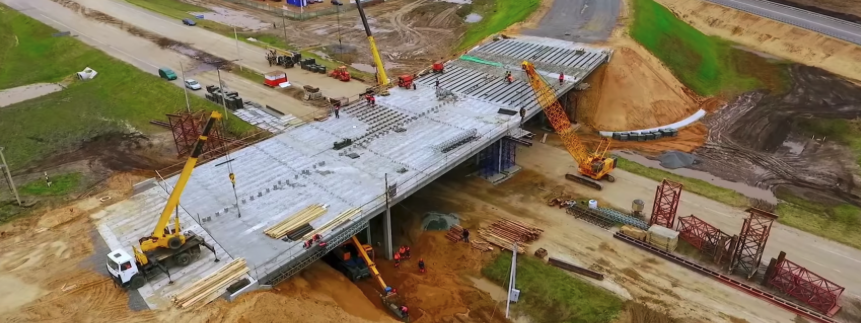
The December 2022 edition, which covers a wide variety of infrastructure-related topics, is available here...
